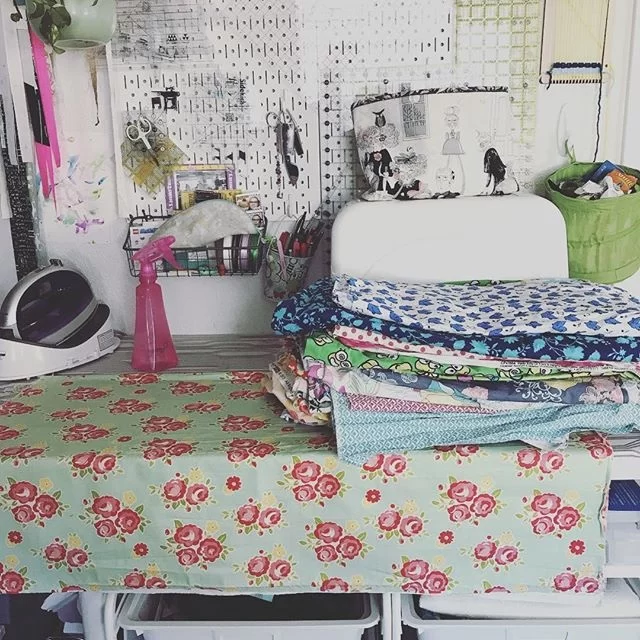Did you know you can get more than a neat look when you iron your clothes?

Steam-pressing and dry ironing can sanitize clothes because they involve heat application. They can also reverse fabric shrinkage from washing and extend the lifespan of clothing.
Of course, if you wish to enjoy these benefits, you must know how to perform the task properly. Whether it’s T-shirts, babies’ clothes, or Arabic gowns, make sure you heed the five rules in fabric pressing below:
Before anything else, read and understand the manufacturer’s care instructions for the pieces you plan to press. This information is written on the label of your clothes, which should include complete washing and ironing instructions.
If you don’t know how to decipher the symbols on the label, here’s a quick guide to the most common ironing symbols used:
Besides garment labels, you can also follow the owner’s manual of the specific fabric-pressing equipment you plan to use. This usually includes the recommended temperature levels for common types of fabric. Below are a few helpful care tips you can follow for specific materials:
The heat recommendations for different fabric types listed in the iron manual are usually correct. But to be safe, you may need to start with a low heat setting on your iron or steamer, working your way up.
This is the best practice if you don’t know the fabric material from which an article of clothing is made. It also works best for clothes made from synthetic fabrics.
The iron is warm enough if you can already press creases or remove wrinkles without having to linger on the same area for too long.
Pro tip: If you need to return to a lower temperature setting, let your iron cool down before using it again. Even better if you can press fabrics based on their heat requirement in descending order, from hottest to coolest.
Still, worried you might burn your clothes? Test the temperature on a sample of the fabric. Choose a spot that can be easily hidden. Better yet, iron on the seams at the reverse side of the cloth.
While the dry iron is the most used equipment for pressing, it’s not your only available option. Make sure you learn how to use the tool you intend to use before taking any further steps. Here is information on the other fabric-pressing equipment available:
Sometimes used by press service providers, the steam irons have water reservoirs that can be filled with water and produce steam during the ironing process.
Compared to dry irons, they provide a smoother finish and are best used for clothes made from cotton and linen. They are also considered easier and more efficient to use. Some models even come with advanced features.
Designers and stylists prefer vertical steamers because they smooth wrinkles effectively. This is despite the tools being a bit more on the expensive side.
Vertical steamers work by releasing steam applied on hung or displayed garments. They don’t need ironing boards to keep the clothes flat during the process, making them the most efficient option.
While it may be tempting, avoid wearing newly pressed clothes immediately after they’re pressed. Instead, hang them for about 10 minutes, especially if they’re still moist. This will prevent wrinkles from reappearing and settling in.
The same goes for steam pressing. Besides, dry ironing and steam-pressing leave the fabric very hot, so it’s best to let the clothes cool off first.
Whether you’re ironing or steam-pressing your clothes, you must ensure they are clean first. The best time to press fabrics is right after you launder them.
It’s easier to remove wrinkles on freshly laundered fabrics. Moreover, if you iron unclean pieces, you may be baking in any existing stains onto the material.
If you’re steam-pressing, you may find splotches of stain if you do it while the clothes are still unclean. Though you won’t necessarily bake in the dirt, you’ll still have annoying splotches that could ruin your entire outfit.
Ironing or steam-pressing clothes is a delicate process that requires skill, precision, and the right tools. To make sure your garments don’t get singed or damaged, follow the rules listed here.